Introduction
Dumplings, a culinary staple across various cultures, are a delightful blend of flavors encapsulated in a soft dough wrapper. Whether enjoyed as a hearty meal or a delightful snack, dumplings often steal the spotlight with their diverse fillings and versatile cooking methods. Among the myriad of dumpling preparations, crafting the perfect filling stands as a crucial art form. This guide delves into the intricacies of how to mix dumpling fillings, ensuring your dumplings are not only visually appealing but also burst with flavor in every bite.
Understanding the Basics
Before diving into specific recipes, it’s essential to grasp the fundamental principles behind making dumpling fillings. The key lies in balancing flavors, textures, and moisture content. A well-mixed filling should be flavorful, moist but not soggy, and cohesive enough to hold its shape within the dough.
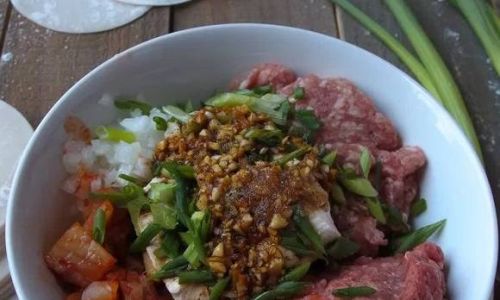
Selecting Ingredients
Meat-Based Fillings:
For meat lovers, pork, beef, chicken, and even lamb can serve as the base. Choose lean cuts to avoid greasiness. Ground meat is most common, but finely chopped or shredded meat can also be used for a different texture. Season with soy sauce, ginger, garlic, sesame oil, and white pepper for a classic Asian twist.
Vegetable-Based Fillings:
Vegetarian and vegan options shine with a variety of fresh and cooked vegetables. Common choices include cabbage, carrots, mushrooms, spinach, and tofu. These can be finely chopped or grated to ensure even cooking. Season with soy sauce, sesame oil, garlic, and ginger for depth, and consider adding a bit of tofu or tempeh for added protein and binding.
Seafood Fillings:
Shrimp, fish, and squid offer a delicate, umami-rich flavor. Freshness is paramount. Use a combination of finely chopped seafood with minced ginger, garlic, and green onions. Light seasoning with soy sauce and rice vinegar preserves the seafood’s natural sweetness.
Preparing Ingredients
Meat Preparation:
If using raw meat, ensure it’s thoroughly chilled before handling to maintain hygiene. Mix the meat with seasonings in a large bowl, using chopsticks or a fork to avoid overworking the meat, which can lead to a tough texture. Let the mixture sit for at least 30 minutes to allow the flavors to meld.
Vegetable Preparation:
For vegetables, blanching (briefly boiling in salted water and then plunging into ice water) can help soften them while retaining color and texture. Drain well before mixing with other ingredients to prevent excess moisture.
Seafood Preparation:
Pat seafood dry to remove any excess moisture. Mix gently with seasonings to avoid breaking up the pieces.
Balancing Moisture and Binding
Moisture is crucial for a juicy filling but too much can make dumplings soggy. To strike the right balance:
- Use absorbents: Ingredients like tofu, breadcrumbs, or finely chopped mushrooms can absorb excess moisture.
- Seasonings: Soy sauce and other liquid seasonings add flavor and moisture but use sparingly.
- Chilling: After mixing, refrigerate the filling for at least 30 minutes. This firms up the mixture, making it easier to handle and reducing the likelihood of leakage during cooking.
Adding Aromatics and Flavor Enhancers
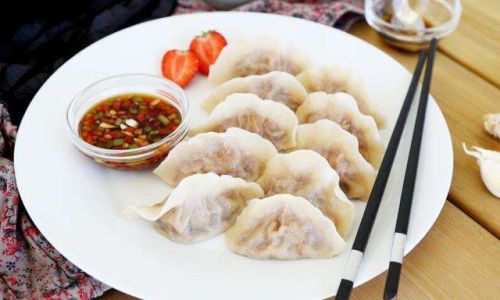
Aromatics like garlic, ginger, and scallions are non-negotiable. They provide a foundational layer of flavor that elevates the filling. For an extra burst of taste, consider incorporating:
- Sesame oil: Adds a nutty, fragrant depth.
- Oyster sauce or fish sauce: Enhances umami.
- Five-spice powder or Chinese sausage: Offers complexity and warmth.
- Green onions or cilantro: Fresh herbs add brightness and color.
Mixing Techniques
When mixing, use a gentle folding motion rather than stirring vigorously. This preserves the texture of the ingredients, especially if using delicate seafood or vegetables. For meat fillings, you can start by mixing in one direction to develop a bit of gluten, which helps the filling hold together.
Adjusting for Personal Preferences
Feel free to customize your filling based on personal taste. Add a splash of rice vinegar for tang, a sprinkle of chili flakes for heat, or incorporate herbs like dill or parsley for a Western twist. Experimenting with different spices and ingredients can lead to unique and delightful creations.
Final Assembly Tips
Once your filling is ready, it’s time to wrap your dumplings. Keep your work surface lightly floured to prevent sticking. Place a small amount of filling in the center of each dough wrapper, ensuring not to overfill, as this can make sealing difficult and cause leakage. Wet the edges of the wrapper with water or a bit of egg wash to help them adhere. Fold and seal tightly, pinching the edges to create pleats if desired.
Conclusion
Making dumpling fillings is an art that combines precision, creativity, and a love for food. By understanding the basics, selecting high-quality ingredients, balancing moisture and flavors, and employing gentle mixing techniques, you can create dumplings that are not only delicious but also a testament to your culinary prowess. Whether you stick to traditional recipes or venture into innovative flavors, the joy lies in the process and the shared moments of enjoyment that come with serving a plate of homemade dumplings. Happy dumpling-making!
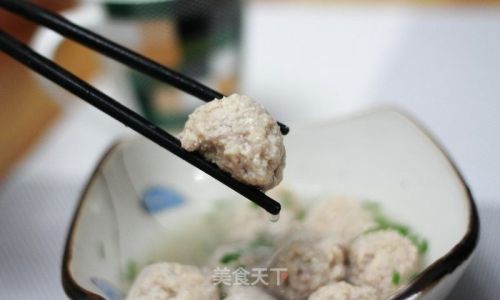
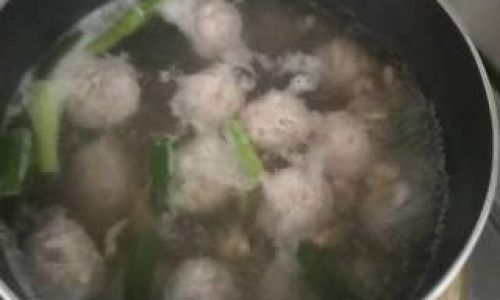
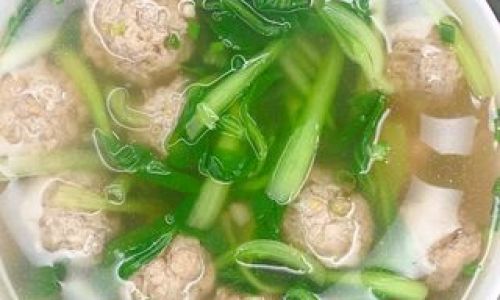



0 comments